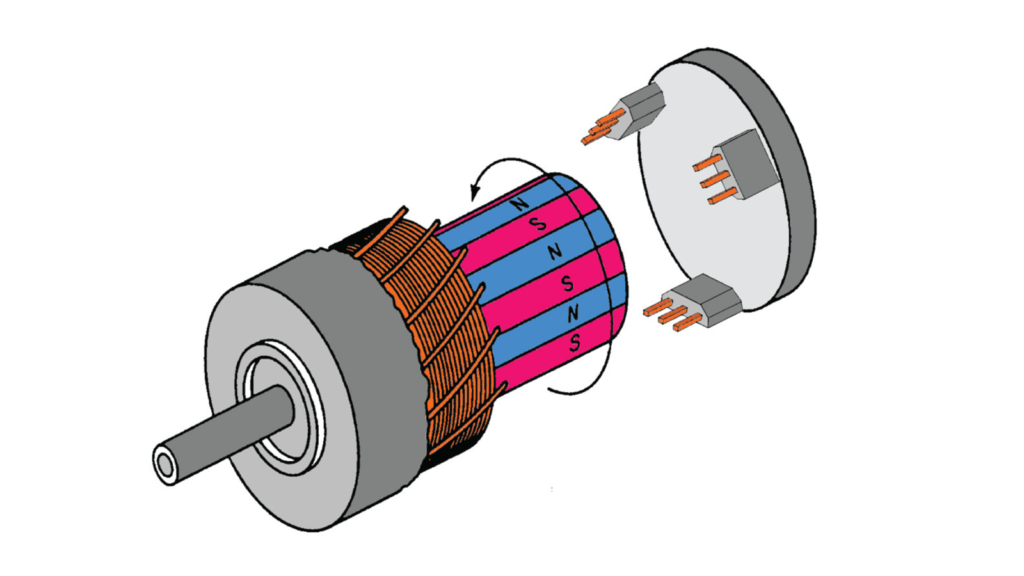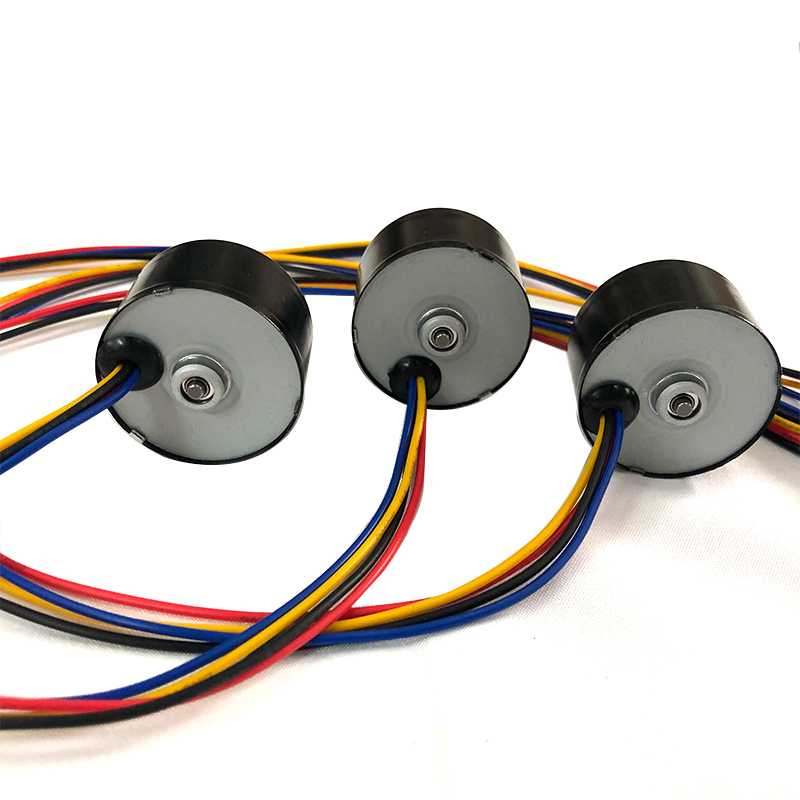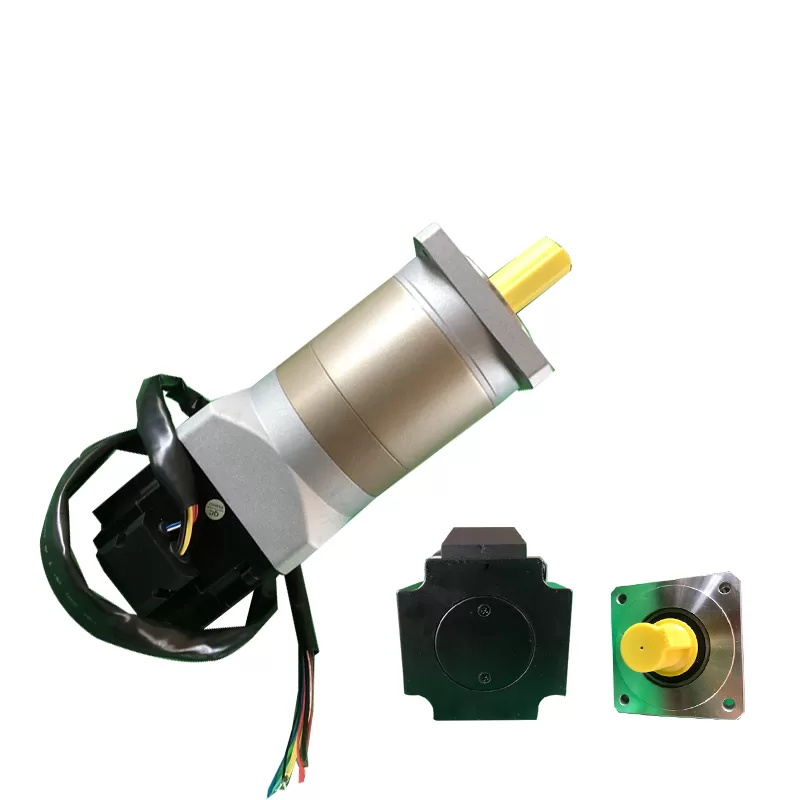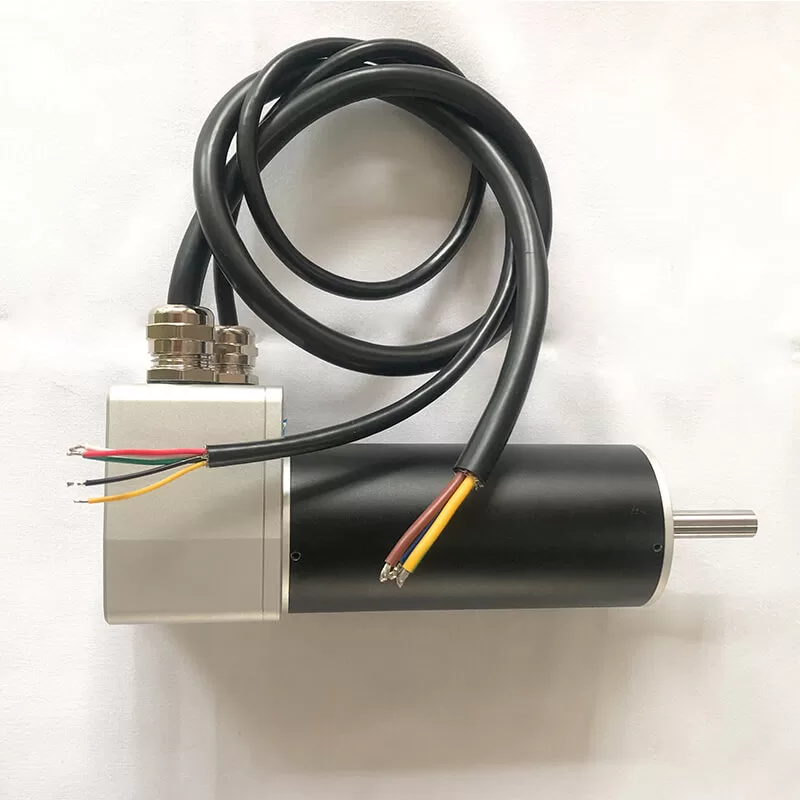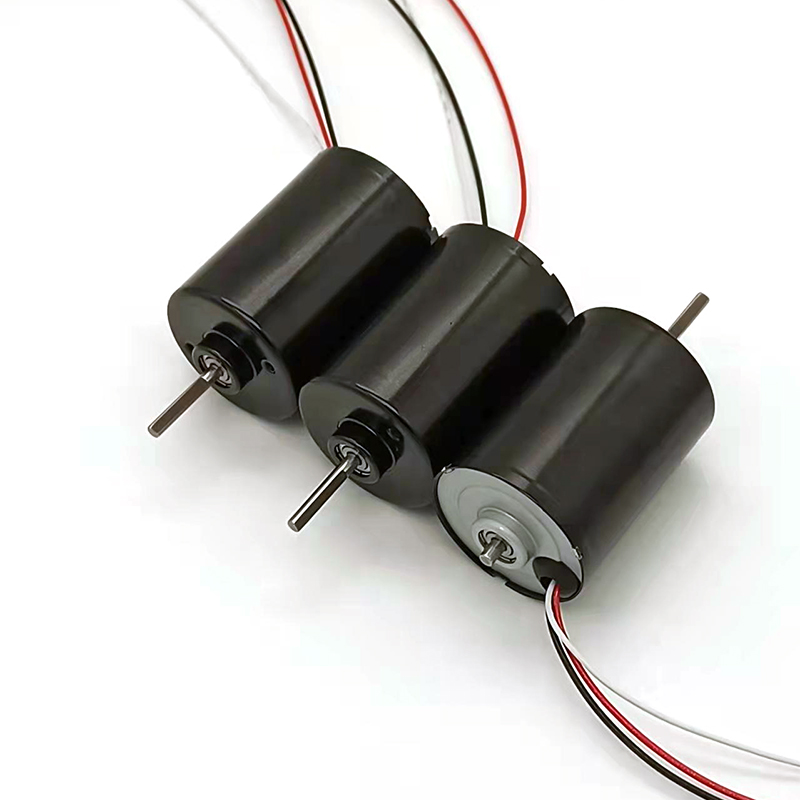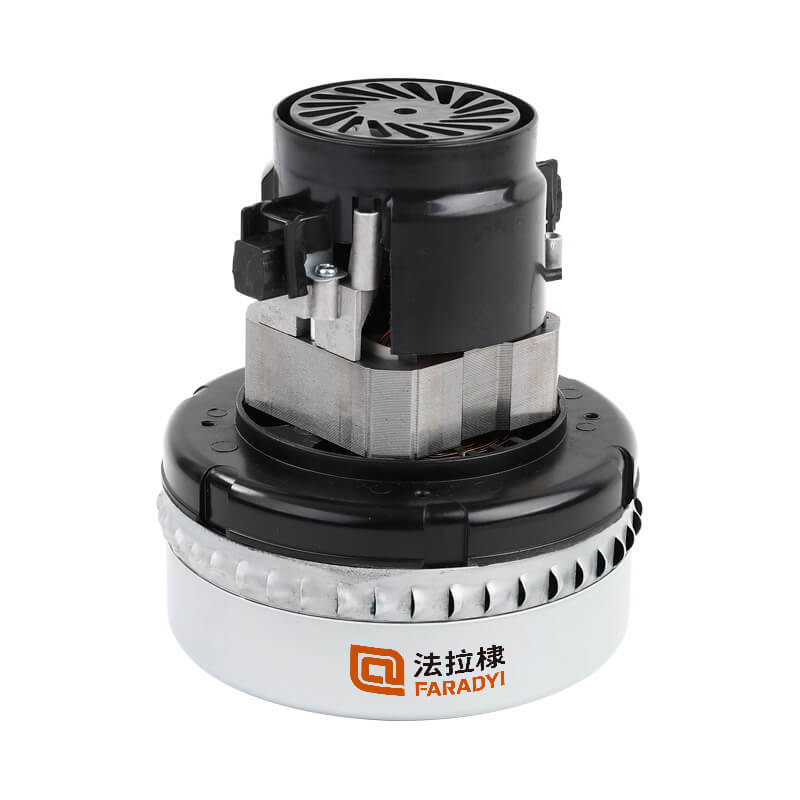The pole pairs of a brushless motor are determined by detecting changes in the magnetic field of the rotor. The rotor magnetic steel is arranged alternately as N-pole and S-pole. When the Hall sensors of the brushless motor detect a transition from N-pole to S-pole or from S-pole to N-pole, the Hall’s output undergoes corresponding high and low level changes, indicating a change in the rotor’s position. The energization of the brushless motor winding has no impact on Hall sensor detection.
The rotational speed of the brushless motor’s magnetic field, also known as synchronous speed, is related to the frequency of the three-phase current and the number of pole pairs (p). If the stator winding, at any given moment, generates a magnetic field with only one pair of poles (pole pair number, p = 1), meaning there are only two poles, for the rotating magnetic field with only one pair of poles, the three-phase current changes once, and the synthesized magnetic field also rotates once. For a 50 Hz AC current, the synchronous speed of the rotating magnetic field is 50 revolutions per second or 3000 revolutions per minute (r/min). In engineering, revolutions per minute (r/min) are commonly used to express speed. If the brushless motor stator winding generates a magnetic field with two pairs of poles (pole pair number, p = 2), meaning there are four poles, it can be deduced that the synchronous speed n of the rotating magnetic field with p pole pairs is given by n = 60f/p.
When the pole pair number of the brushless motor is constant, changing the frequency of the AC current allows for a change in the synchronous speed of the rotating magnetic field. This is the basic principle of variable frequency speed regulation. Since the motor’s poles appear in pairs, the pole pair number is often used to represent it.
Brushless motors use Hall sensors to detect changes in magnetic steel to determine the pole pair number and control the brushless motor rotor’s speed and pole pair detection through a controller.

